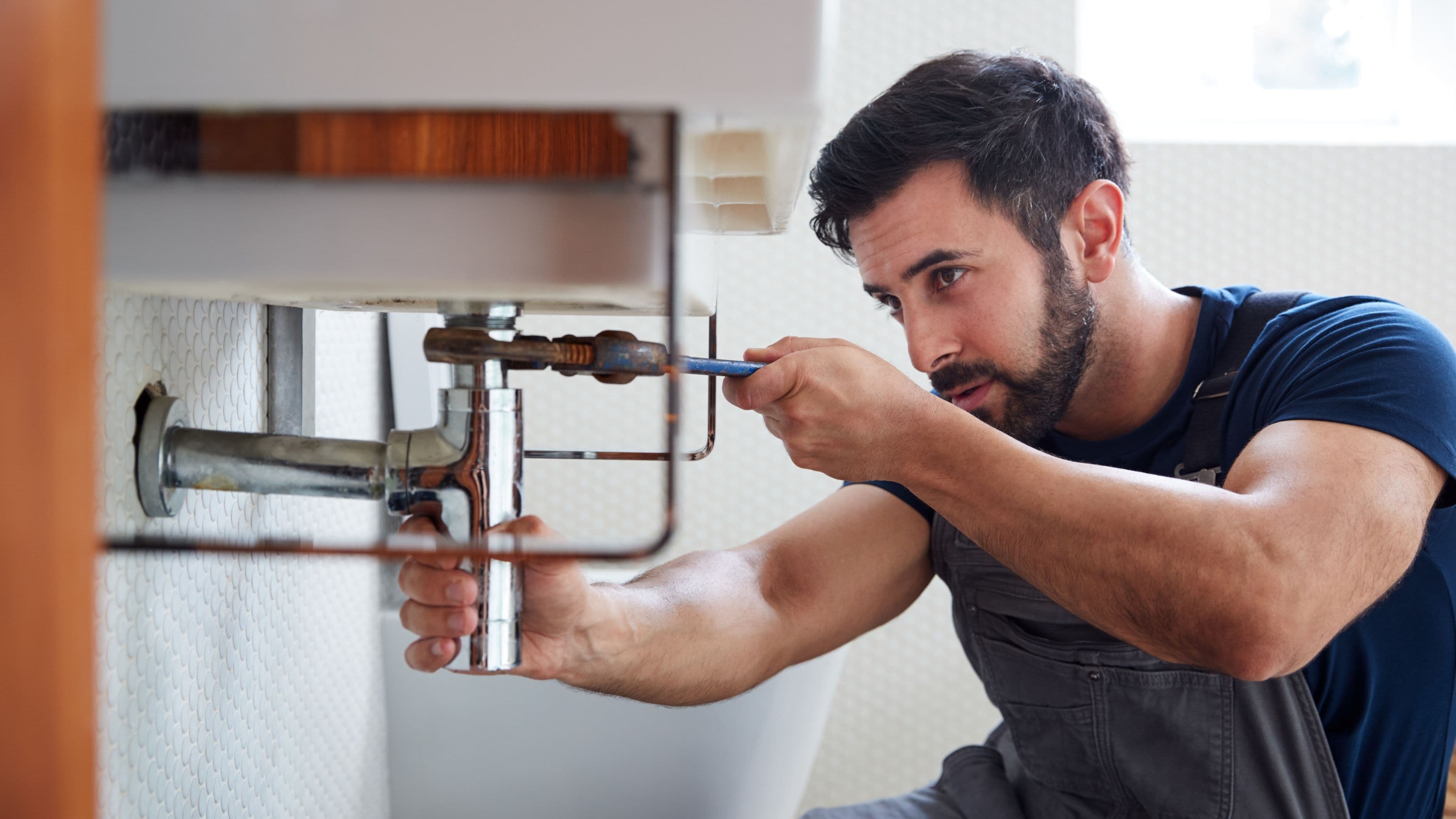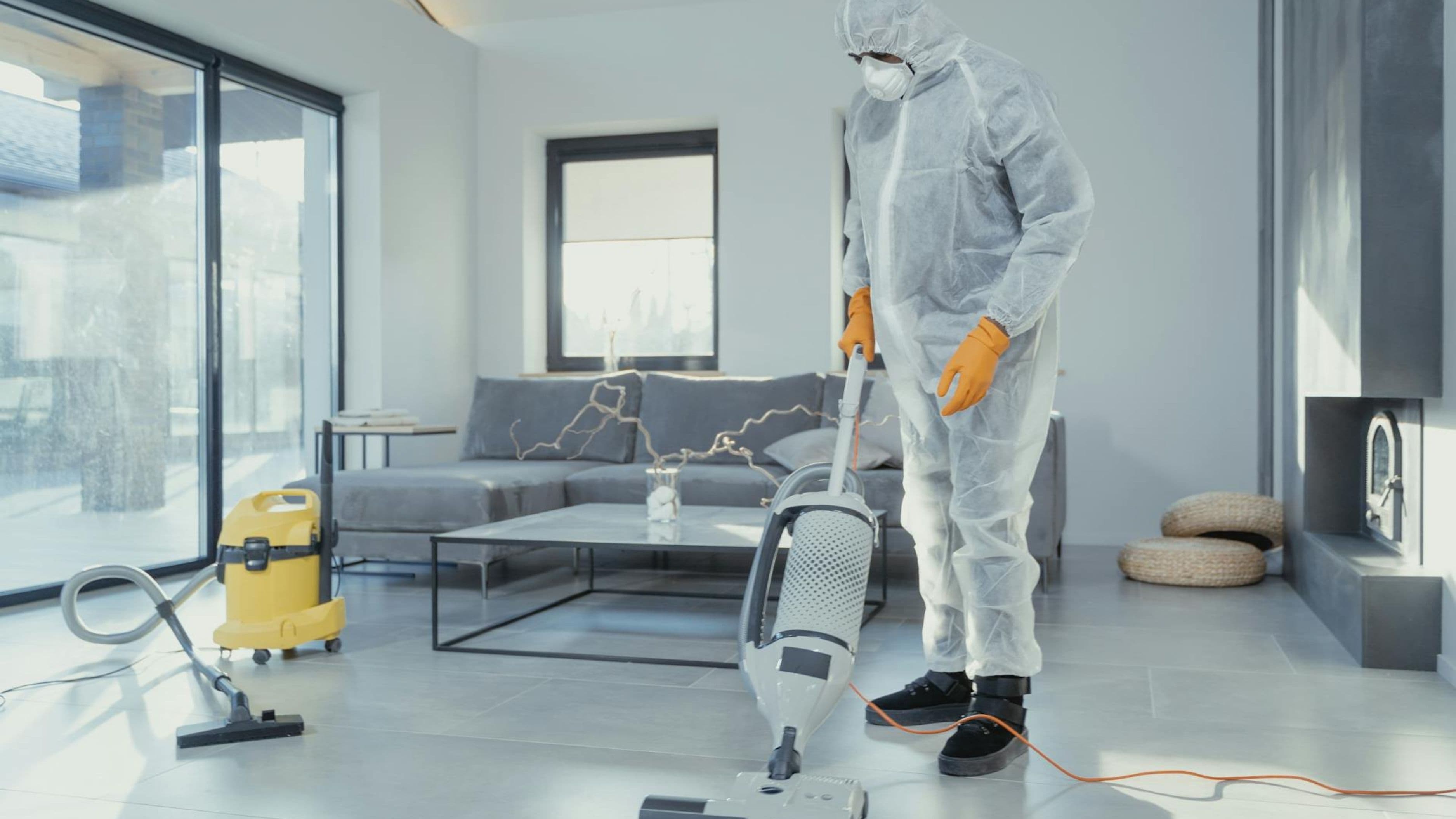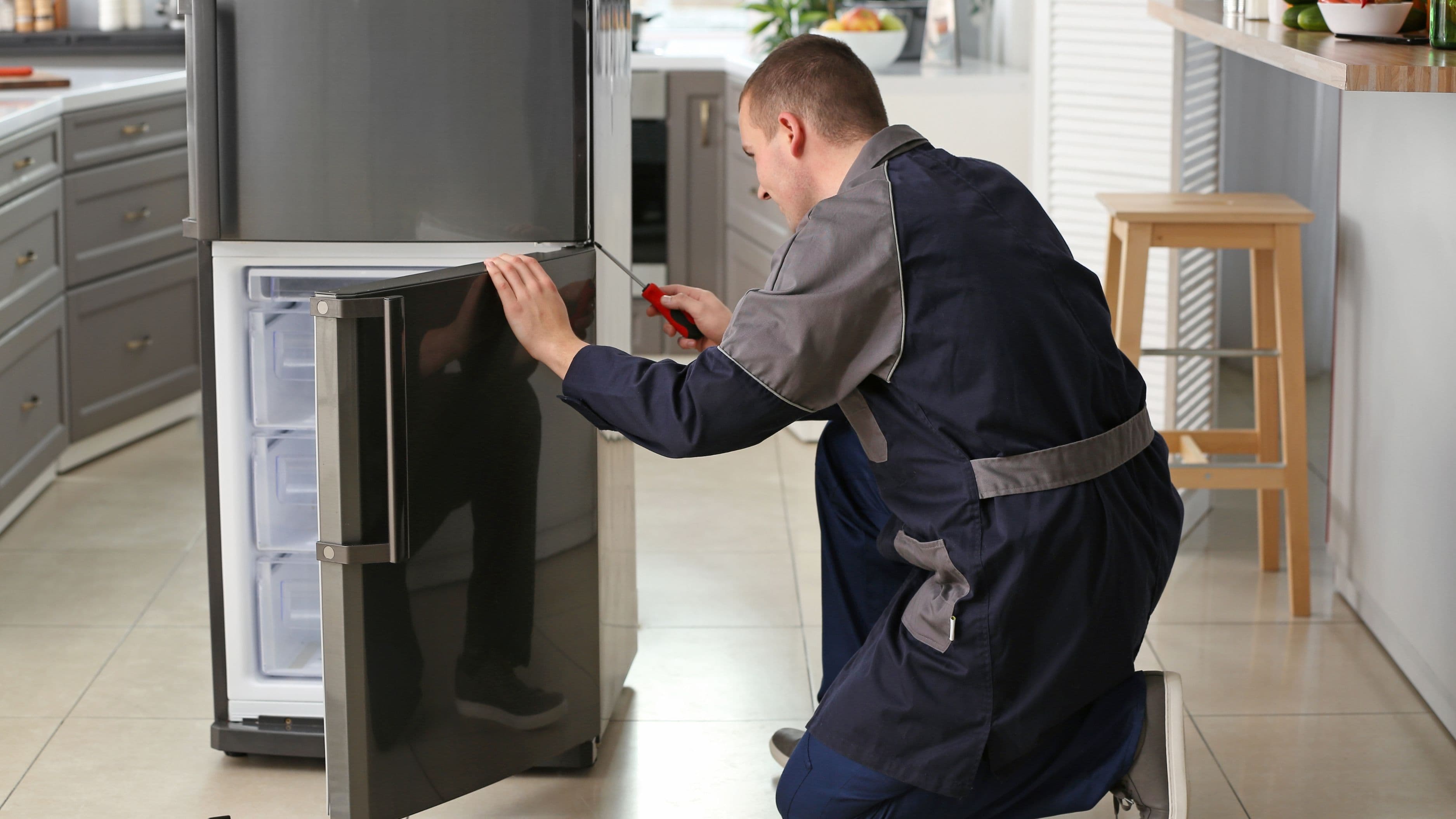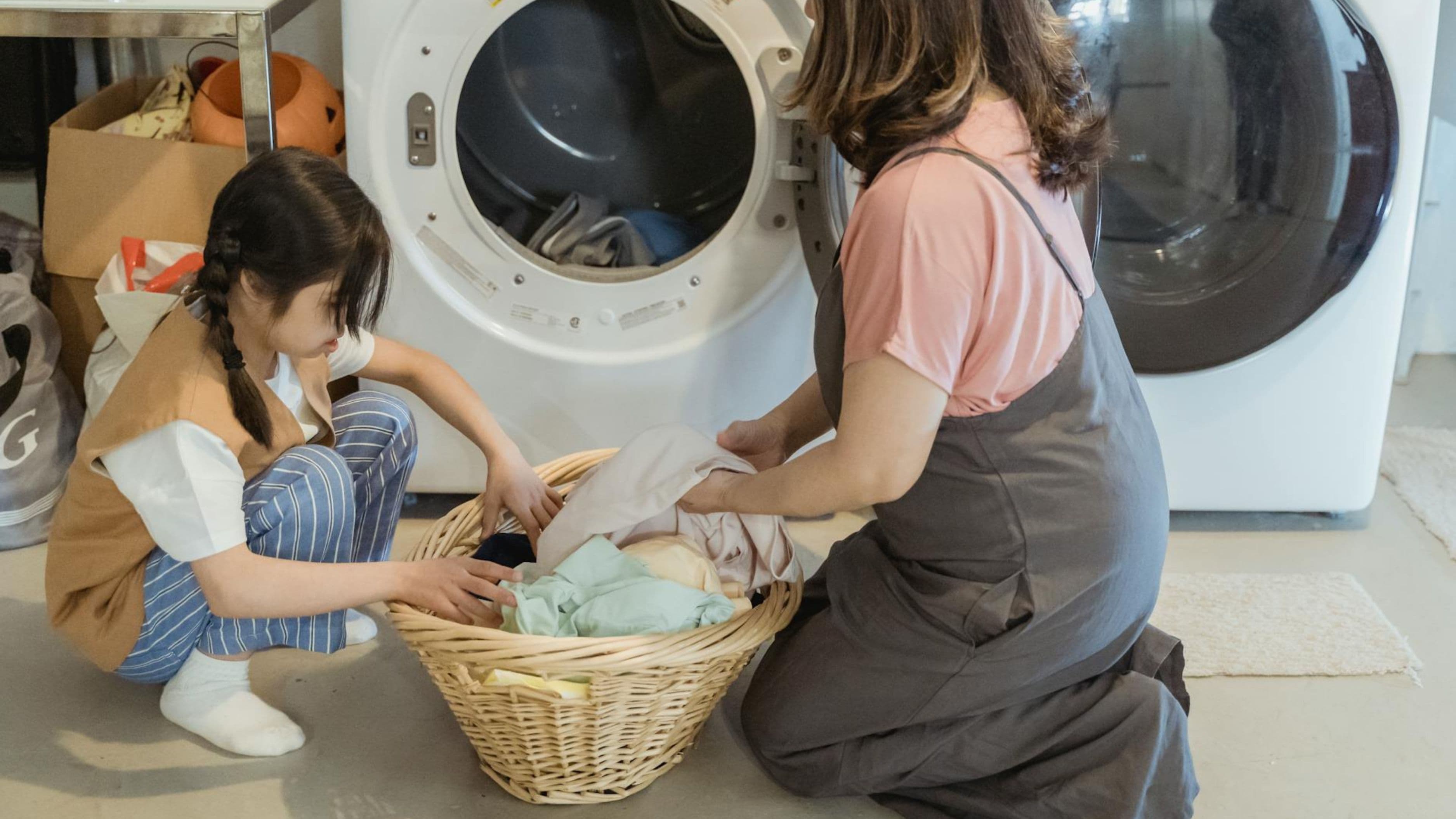Let's dive into the surprisingly serious ways a simple drip can affect your living space and, more importantly, how you can tackle this problem without breaking the bank.
1. Mold and Mildew Become Unwelcome Roommates
That constant moisture pooling beneath your sink creates the perfect breeding ground for mold and mildew. These fungal invaders don't need much—just darkness, warmth, and moisture—to establish thriving colonies in your cabinet spaces. Within 24 to 48 hours of water exposure, mold spores can begin germinating and spreading throughout porous surfaces like wood and drywall.
The health implications go beyond musty odors. Mold exposure can trigger respiratory issues, allergic reactions, and exacerbate asthma symptoms, especially in children and elderly family members. You might notice persistent coughing, sneezing, or itchy eyes that mysteriously worsen when you're home. Black mold, the most notorious variety, can release mycotoxins that pose serious health risks with prolonged exposure.
Your DIY fix starts with addressing the source. Tighten the faucet's packing nut or replace worn washers and O-rings to stop the leak immediately. Then, thoroughly dry and clean affected areas with a mixture of white vinegar and water, which naturally kills most mold varieties without harsh chemicals. For persistent mold, a solution of one cup bleach to one gallon of water works wonders, but always ensure proper ventilation.
2. Your Water Bill Quietly Skyrockets
Those tiny drops add up faster than you'd think, and your wallet feels the pinch. A faucet leaking at just one drip per second wastes approximately 3,000 gallons annually—that's enough water to take more than 180 showers. Depending on your local water rates, you could be flushing $35 to $100 down the drain each year, and that's from just one leaky faucet.
Multiple leaks throughout your home multiply this waste exponentially. Hot water leaks are particularly expensive since you're paying not only for the wasted water but also for the energy used to heat it. That double-whammy hits both your water and energy bills simultaneously, making seemingly minor drips surprisingly costly over time.
The fix is remarkably affordable compared to the ongoing expense. A basic faucet repair kit costs between $5 and $20 at any hardware store and contains all the washers, O-rings, and seals you'll need. Spending twenty minutes with a wrench and some plumber's grease can save you hundreds of dollars over the next few years. Think of it as one of the highest return-on-investment repairs you can make in your home.
3. Rust and Corrosion Start Their Destructive Work
Water is nature's universal solvent, and when it lingers where it shouldn't, it begins breaking down metal fixtures and pipes. That reddish-brown staining around your faucet base isn't just cosmetic—it's rust actively eating away at your sink and fixture surfaces. Chrome finishes become pitted and damaged, while stainless steel develops unsightly discoloration that's nearly impossible to reverse.
Below the surface, the damage runs deeper. Constant moisture exposure accelerates corrosion in supply lines, valve seats, and connection points. These weakened components can fail catastrophically, transforming a slow drip into a full-blown plumbing emergency. What started as a minor leak requiring a $10 washer replacement could evolve into a $500 fixture replacement or worse—extensive water damage requiring professional remediation.
Prevention beats costly repairs every time. Regularly inspect all visible plumbing for early signs of corrosion, including discoloration, flaking, or rough surfaces. Replace corroded aerators, which often cost just a few dollars, before they contaminate your water supply with metal particles. Apply a thin coat of plumber's grease to exposed metal threads during repairs to create a moisture barrier that prevents future corrosion.
4. Cabinet and Countertop Damage Spreads Silently
Wood and water make terrible companions, and your kitchen or bathroom cabinets suffer the consequences. Even minor leaks create persistent dampness that causes particleboard and plywood to swell, warp, and eventually crumble. You'll notice cabinet floors becoming soft and spongy, veneer peeling away, and joints separating as the adhesive fails. These structural failures compromise the cabinet's ability to support weight, potentially leading to collapsed shelving and damaged belongings.
Countertops aren't immune either. Water seeping beneath laminate edges causes bubbling and delamination, while natural stone surfaces can develop staining and etching. The moisture works its way into seams and joins, breaking down caulk and allowing water to penetrate further into wall structures. Before you know it, you're looking at extensive carpentry work that could cost thousands to repair properly.
Catch problems early by placing a moisture alarm under your sink—these battery-operated devices cost around $10 and provide early warning before major damage occurs. Line cabinet floors with waterproof shelf liner as a protective barrier. If you discover existing water damage, thoroughly dry the area with fans, treat it with a wood hardener to restore structural integrity, and seal all surfaces with water-resistant paint or sealant. Sometimes prevention costs less than a fancy coffee, yet saves you from four-figure repair bills.
5. Pest Infestations Find Their Oasis
Insects and rodents need three things to survive: food, shelter, and water. Your leaky faucet generously provides that third critical element, essentially hanging out a welcome sign for unwanted houseguests. Cockroaches, silverfish, and carpenter ants are particularly drawn to moisture-rich environments, while mice and rats will chew through cabinets to access reliable water sources.
These pests don't just visit for a drink—they move in permanently. Damp, dark cabinet spaces become ideal nesting sites where infestations can explode before you realize there's a problem. Carpenter ants, attracted by moisture-damaged wood, will further compromise your cabinets' structural integrity by excavating galleries for their colonies. Cockroaches multiply rapidly in these conditions, and once established, they're notoriously difficult to eliminate.
Your first line of defense is eliminating the water source by fixing that leak immediately. Seal all cracks and gaps around pipes with expanding foam or steel wool to block entry points. Keep cabinet interiors dry and well-ventilated by occasionally leaving doors open. Place moisture-absorbing packets in cabinets to combat residual dampness. For existing pest problems, a combination of bait stations and diatomaceous earth provides effective, budget-friendly control without harsh pesticides that could contaminate your kitchen.
6. Indoor Air Quality Takes a Hit
The air you breathe inside your home is directly impacted by hidden moisture problems. As mold colonies grow in damp spaces beneath your sink, they release spores and volatile organic compounds into your home's air. These invisible particles circulate through your HVAC system, spreading throughout every room. The result is a subtle but persistent decline in indoor air quality that affects everyone in your household.
You might notice stuffiness, musty odors, or increased dust accumulation on surfaces. Family members may experience more frequent headaches, fatigue, or difficulty concentrating—symptoms often mistaken for allergies or seasonal illnesses. People with pre-existing respiratory conditions find their symptoms worsen, requiring more frequent medication or medical intervention. The connection between that small leak and your family's health complaints isn't always obvious until you address the moisture problem and notice the improvement.
Improving air quality starts with source control. Fix the leak, dry affected areas completely, and increase ventilation in moisture-prone spaces. Run bathroom exhaust fans for at least 20 minutes after showering, and consider installing an inexpensive humidity monitor to track moisture levels. Keeping humidity below 50% prevents mold growth and creates an environment where pests struggle to thrive. Air-purifying houseplants like spider plants and peace lilies naturally filter airborne contaminants while adding life to your space.
7. Your Home's Foundation Faces Hidden Threats
While we often think of leaky faucets as minor indoor annoyances, persistent leaks can contribute to more serious foundation concerns over time. Water that accumulates in cabinets and beneath floors doesn't always evaporate—it seeps downward through cracks in tile, subflooring, and into the spaces between floors. In multi-story homes, leaks from upper bathrooms can damage ceiling structures below, creating staining, sagging, and even collapse if left unchecked.
Ground-level leaks pose particular risks. Water traveling through flooring can reach your home's foundation, where it contributes to soil erosion and hydrostatic pressure. Over years, this additional moisture can exacerbate foundation settling, cracking, and the development of basement moisture problems. While a single faucet leak won't destroy your foundation overnight, it's one contributing factor among many that slowly compromise your home's structural integrity.
Protection requires vigilance. Check for water stains on ceilings below bathrooms and kitchens, which indicate active or past leaks requiring immediate attention. Ensure proper grading around your home's exterior so water flows away from the foundation. Inside, maintain good subflooring by promptly addressing any leaks and ensuring bathroom and kitchen floors are properly sealed. If you notice spongy flooring, address it immediately before water reaches structural elements. These preventive measures cost little but preserve your most significant investment.
8. Energy Efficiency Quietly Declines
Hot water leaks represent a double drain on your household resources. Every drop of heated water that escapes unused forces your water heater to work overtime maintaining temperature. This constant cycling increases energy consumption and accelerates wear on heating elements and burners. Natural gas and electric water heaters both suffer reduced efficiency, and tankless systems must fire up more frequently to maintain instant hot water availability.
The financial impact compounds over time. Beyond the wasted water itself, you're paying to heat water that never serves a purpose. For households with electric water heaters, this can add $10 to $20 monthly to electric bills, while gas water heaters waste fuel and contribute to unnecessary carbon emissions. Your water heater's lifespan also shortens due to increased operational stress, meaning you'll face costly replacement sooner than expected.
Simple repairs yield immediate savings. Replacing a worn valve seat or cartridge in a hot water line takes about 30 minutes and costs under $15 in parts. The energy savings begin immediately, typically paying for the repair within the first month. Consider insulating hot water pipes with foam sleeves while you're making repairs—this $10 upgrade reduces heat loss throughout your plumbing system and improves overall efficiency. Your utility bills and the environment both benefit from this simple fix.
9. Water Pressure and Performance Suffer
That annoying drip doesn't exist in isolation—it's a symptom of failing components that affect your entire plumbing system's performance. Worn washers and corroded valve seats allow water to bypass closed faucets, reducing pressure available to other fixtures. You'll notice your shower becomes less powerful, toilets take longer to refill, and washing machines or dishwashers don't perform as efficiently. Multiple leaks create compound pressure losses that affect every water-using appliance in your home.
The underlying issues often spread beyond the visible leak. Mineral deposits accumulate around worn seals, further restricting flow and accelerating deterioration. Supply lines develop stress points where constant pressure and minor leaks weaken connections. What begins as a slow drip from one faucet can cascade into a network of plumbing problems requiring extensive repairs. Early intervention prevents this domino effect and maintains optimal system performance.
Restoring pressure starts with comprehensive leak repair throughout your home. Check all faucets, shower heads, and toilet fill valves for signs of dripping or continuous running. Clean or replace clogged aerators, which cost just a few dollars but dramatically improve flow. If pressure problems persist after fixing obvious leaks, consider installing a pressure gauge on an outdoor spigot to verify incoming water pressure. Low pressure might indicate issues with your main supply line or pressure regulator, which require professional attention but are worth addressing for long-term system health.
10. Psychological Stress and Sleep Disruption
Never underestimate the mental toll of persistent household problems, no matter how minor they seem. That rhythmic dripping sound isn't just annoying—it's a constant reminder of an unfinished task, creating low-level stress that accumulates over time. Behavioral psychology research shows that unaddressed minor problems contribute to feelings of helplessness and home dissatisfaction. When you can hear that drip from your bedroom at night, it disrupts sleep patterns and prevents the deep rest your body needs for optimal health.
The psychological burden extends beyond the sound itself. Knowing you have a problem that's wasting money and potentially causing damage creates background anxiety. You might find yourself checking the cabinet repeatedly, worrying about mold growth, or feeling guilty about environmental waste. These concerns occupy mental space that could be devoted to more positive thoughts and activities. Home should be your sanctuary, not a source of ongoing worry.
Reclaim your peace of mind with decisive action. Set aside an hour this weekend to tackle that leak once and for all. You'll be amazed how satisfying it feels to resolve a nagging problem with your own hands. The quiet that follows leak repair is remarkably restorative—no more dripping to interrupt conversations, concentration, or sleep. You'll sleep better knowing you've protected your home, saved money, and eliminated a source of daily stress. That sense of accomplishment and control over your living environment is genuinely valuable for mental health and well-being.
The Bigger Picture: Small Leaks, Major Impact
What starts as a trivial annoyance reveals itself as a surprisingly complex threat to your home's health, your family's wellbeing, and your financial security. The beautiful thing about addressing leaky faucets is that the solution is almost always within reach of the average homeowner. You don't need specialized skills or expensive tools—just basic hardware store supplies, a little time, and the willingness to take action.
Think about this: every drop you stop from falling is a tiny victory multiplied thousands of times daily. You're not just fixing a faucet; you're protecting your investment, safeguarding your family's health, and taking control of your home's future. The confidence you gain from successfully completing this repair empowers you to tackle bigger challenges down the road.
So here's your open-ended thought to carry forward: If something as small as a dripping faucet can create such far-reaching consequences, what other "minor" issues in your home deserve a second look? Sometimes the most important home improvements aren't grand renovations—they're simple fixes that preserve what you've already built.
📚 Sources
1. United States Environmental Protection Agency. (2023). WaterSense: Fix a Leak Week. Statistics on household water waste from common leaks. EPA.gov
2. Centers for Disease Control and Prevention. (2023). Basic Facts about Mold and Dampness. Health effects and mold growth timelines. CDC.gov
3. American Journal of Respiratory and Critical Care Medicine. (2004). Dampness in buildings and health effects. Academic research on moisture-related health impacts.
🔍 Explore Related Topics










